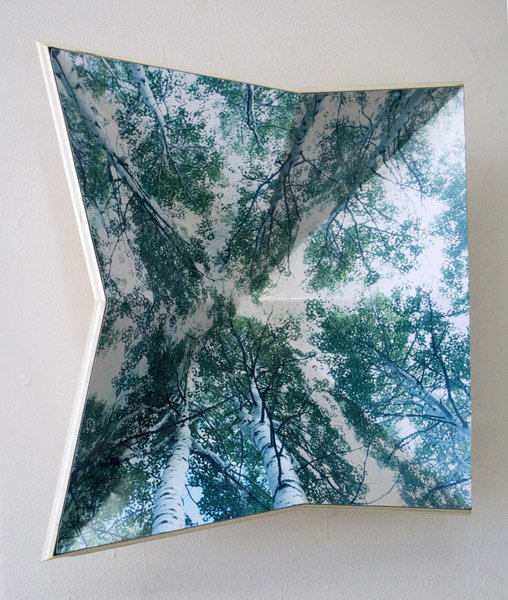The curve and the real: dedicated to our beloved photography’s students at IED, Milan
- Letha Wilson, Vertical Horizon, 2010, C-print, cut plexiglass, aluminum frame, dimensions variable
- Letha Wilson, Hug Grand Tetons, 2011, Unique C-print, cheesecloth, cement, 24 x 20 x 7 inches
- Letha Wilson, Angled Aspens, 2010, Unique C-print, museum board, plywood, 20 x 20 x 6 inches
- Alice Channer, Tzunami, 2013. Digital print on Heavy Crepe De Chine; cast and mirror polished aluminum; chrome bars; cables 486.61 x 55.71 x 298.03 inches 1236 x 141.5 x 757 cm. Courtesy Lisa Cooley.
- Letha Wilson, Angled Aspens, 2010, Unique C-print, museum board, plywood, 20 x 20 x 6 inches. Courtesy Lisa Cooley.
- Alice Channer, Landslide, 2014. Digital print on heavy crepe de chine; Machined, carved and hand polished marble; Chrome Bar 783 x 1421 x 140 cm. Courtesy Lisa Cooley.
- Josh Kolbo, Untitled, 2011, 12 C-prints, 335 x 270 x 60 cm. Courtesy Société, Berlin.
- Josh Kolbo. Untitled, 2010 2 C-prints / Unique 384 x 265 cm / 151 x 104 inches. Courtesy Société, Berlin.
- Josh Kolbo, Untitled (Rats and Jacks), 2011, 12 C-prints, 335 x 270 x 60 cm. Courtesy Société, Berlin.
Once the digital has come about, the two elements of which a photography is made of – idea and matter – have been definitely separated. During the analogical era a photography rarely existed if not printed somewhere, now an image – that is to say the idea – is printed only for a specific aim. That is why it seems to be so meaningful that artists such as Letha Wilson, Alice Channer, Josh Kolbo are working on printed photographs considering them as three dimensional objects. We would like to suggest an interpretation for this trend: probably what the artists are trying to represent is a reality with more than four dimensions and with an unpredictable way of curving.
September 22, 2014









